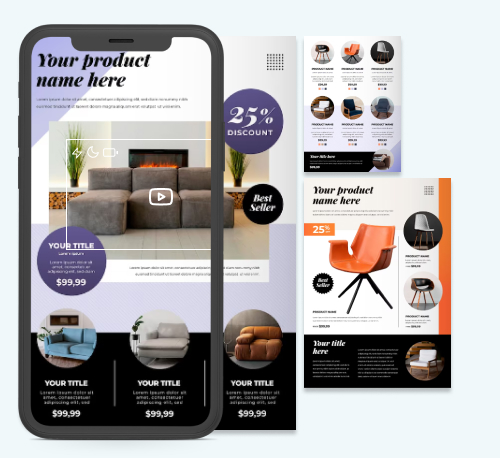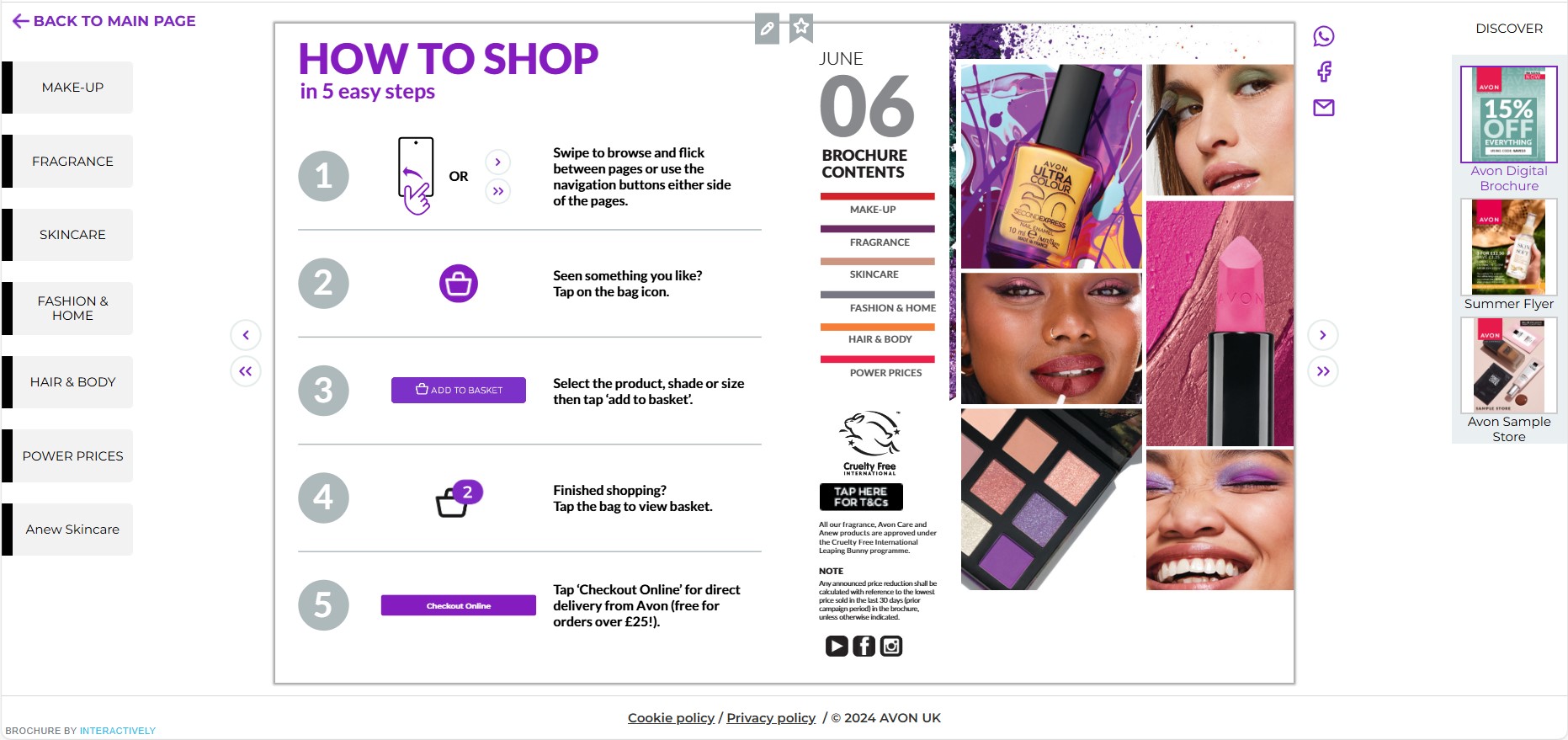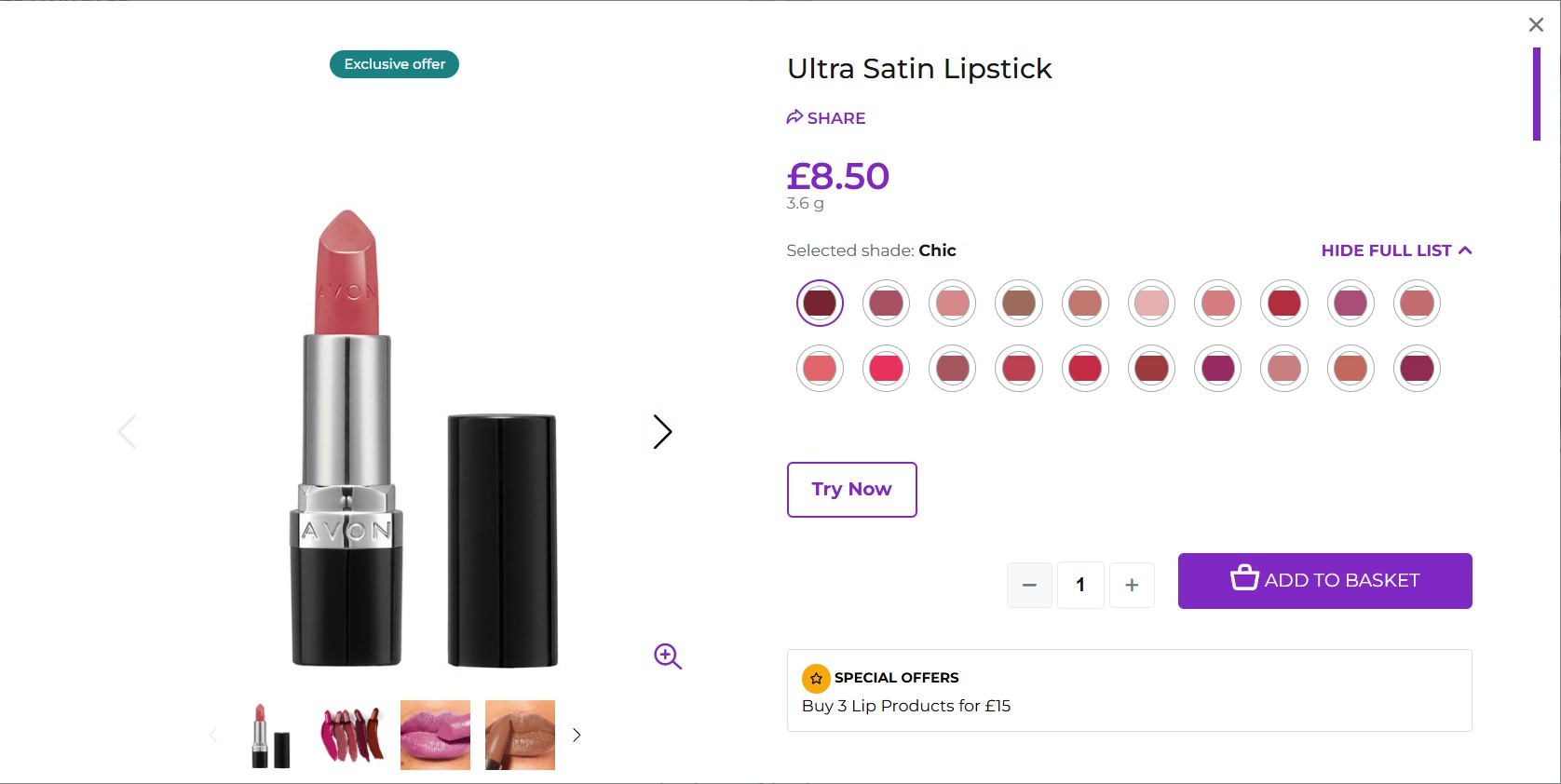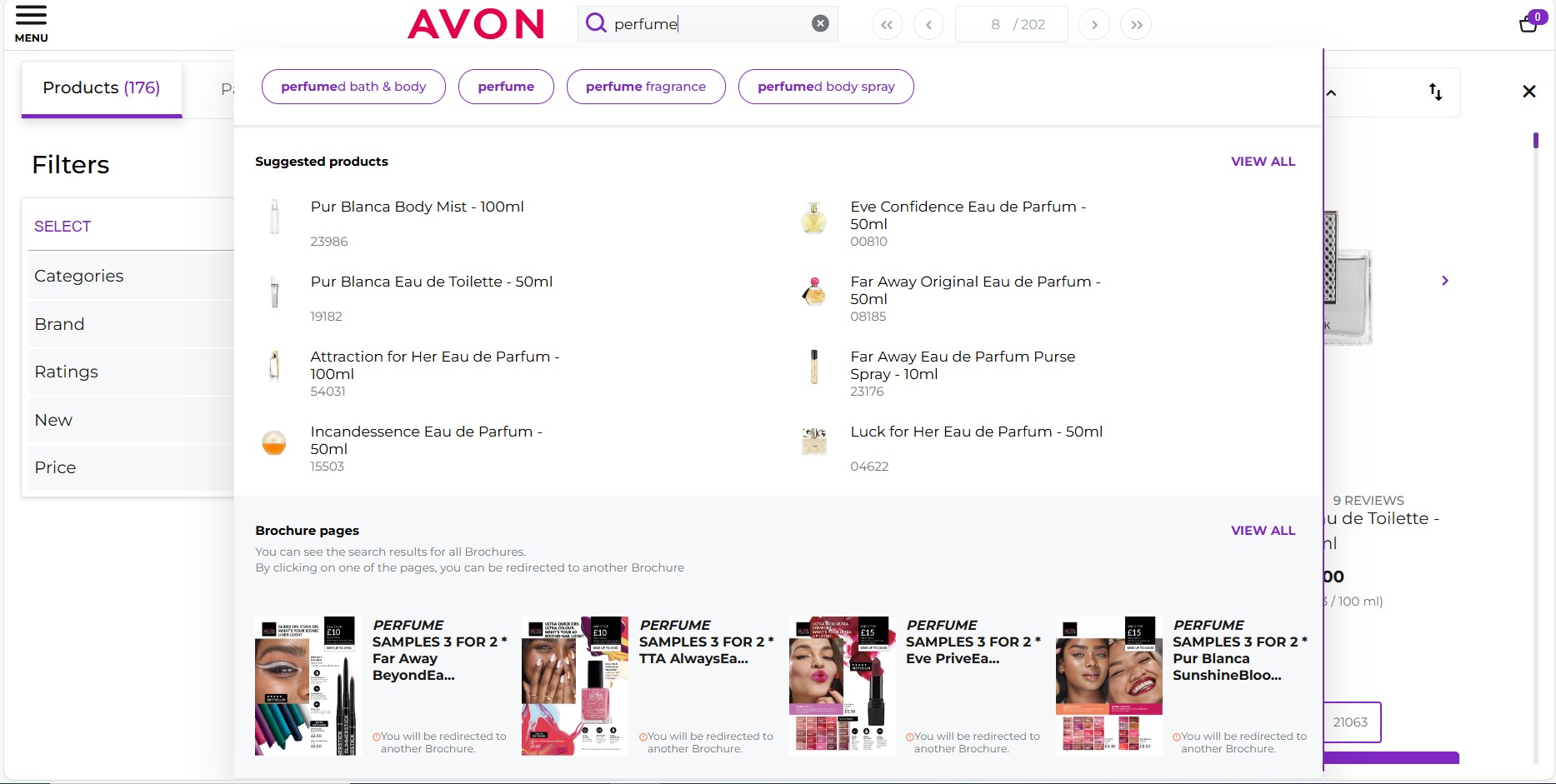In today's increasingly competitive market, how can you stay ahead of your competitors, create memorable experiences, and drive sales while keeping costs low and avoiding waste? The solution might be simpler than you think: creating a product catalogue.
With so many catalogue solutions available, it’s essential to understand which one will work best for you. Whether you aim to streamline the buying process, emphasize design or focus on the B2B side of the story, there’s certainly a choice for you. Let’s dive right into the world of product catalogues and explore the options that could work for you.
So, what’s an interactive product brochure?
Nearly everyone has a smartphone or computer for online shopping. Imagine leveraging this trend to create a product catalogue quickly and start selling directly through it, without the hassle of building a website.
A product catalogue is your brand's storyteller. It showcases your products in the best light, providing detailed descriptions, high-quality images and prices that help customers make confident purchasing decisions. It's about creating an experience that excites and engages your audience.
A product catalogue not only simplifies shopping but also enhances brand visibility and customer engagement. By showcasing your offerings effectively, you can build trust and loyalty among your target audience, ensuring lasting connections that drive sales and growth. It's a powerful tool for transforming browsing into buying and turning visitors into loyal customers.

Types of product catalogues
In today's diverse marketplace, product catalogues play a pivotal role in showcasing offerings to potential customers. They come in various formats, each catering to distinct needs and preferences. Here, we explore three primary categories of product catalogues: Print, PDF, and Digital. Each format presents unique advantages and challenges, influencing how businesses connect with their audience and drive sales.
Print Catalogues
Print catalogues are physical, tangible publications, showcasing products, often used in face-to-face sales or mailed campaigns.
Pros
Tangible Presence: Physical catalogues provide a tactile experience that can enhance customer engagement, especially in face-to-face interactions.
Targeted Marketing: Print catalogues are effective for targeted direct mail campaigns, reaching specific demographics or geographical areas.
Cons
Costly Production: Printing and distribution costs can be significant, especially for large volumes or frequent updates.
Limited Versatility: Once printed, changes or updates are impractical, making them less adaptable to product changes or promotions.
Environmental Impact: Concerns over paper usage and environmental sustainability can be a drawback in today's eco-conscious market.
PDF Catalogues
PDF catalogues are digital documents that replicate the layout and content of print catalogues, distributed electronically.
Pros
Ease of Distribution: You can share your PDF online via email, make it available for download on websites, or distribute it through various digital channels.
Cost-Effective: Compared to print, PDFs are more affordable to produce and update.
Cons
Static Format: They lack interactivity and dynamic content, limiting engagement compared to digital formats.
Device Compatibility: Viewing experience can vary depending on the device used, affecting user experience.
Content Updates: While easier than print catalogues, updates still require generating and distributing new PDF files.
Digital Product Catalogues
Digital product catalogues are dynamic, multimedia-rich platforms accessible online, which offer engaging user experiences.
Pros
Engaging User Experience: Implementing interactive elements such as videos, animations, clickable links, and pop-up galleries, customers will engage with your product catalogue longer than with static PDFs.
Direct Purchasing: They enable customers to buy products straight from the catalogue, streamlining the shopping experience and increasing sales potential.
Dynamic Content: Interactive digital catalogues can be updated in real-time, keeping customers in the loop with the latest products, prices, and stock info.
Analytics: They provide insights into customer behavior and preferences, aiding in targeted marketing efforts.
... and more pros
Cost-Effective: They are associated with reduced printing and distribution costs, compared to traditional printed catalogues.
Accessibility: They are available anytime and anywhere, making it convenient for users to access information on various devices and from any location.
Instant Sharing: They are easily shareable via email, social media, or direct links, increasing reach and visibility.
Cons
Dependency on Technology: They rely on internet access for optimal viewing and interaction.
Creating an interactive product catalogue with Digital-Catalogue.com
Creating a captivating and interactive product catalogue with Digital-Catalogue.com is a straightforward process. Here are the steps to get started and make the most of the platform's features:
- Step 1: Upload Your PDF - Start by uploading your existing PDF catalogue to the Digital-Catalogue.com platform. In just a few seconds, your PDF turns into a flipbook.
- Step 2: Add Interactive Elements - Use the drag-and-drop interface to incorporate videos, images, animations, clickable links and other multimedia elements to enhance engagement.
- Step 3: Customize the Design - Adjust the layout and design to align with your brand identity, ensuring a visually appealing and cohesive look.
- Step 4: Insert Products - Upload a product feed or manually insert product details, descriptions, and high-quality images.
- Step 5: Save and Preview - Save your work and preview the catalogue to ensure everything looks perfect and functions correctly.
- Step 6: Share Your Catalogue - Share the final interactive catalogue via email, social media, or embed it directly on your website.
- Step 7: Track Performance - Use the built-in analytics tools to track customer engagement and optimize your catalogue for better performance.
Examples of interactive digital product catalogues
If it seems hard to imagine all these features in one catalogue, check out how this international cosmetics brand has managed to organize their 195-page catalogue into 7 product categories to ease the user buying journey and enhance their experience.

The catalogue has been customized to fully fit their brand identity, from the logo to the colors and even a custom website link.

Found a product that you like? Just click on it, add it to your basket, and check out. As simple as that!

Imagine how many products fit into 195 pages. That’s when the search functionality comes into play. It works dynamically, returning the products that match the search in real-time.

Discover more about how Avon transformed their MLM sales strategy with an interactive product catalogue.
We can build it or customize it for you. Get in touch.
You can transform your first PDF into an interactive catalogue right now.
